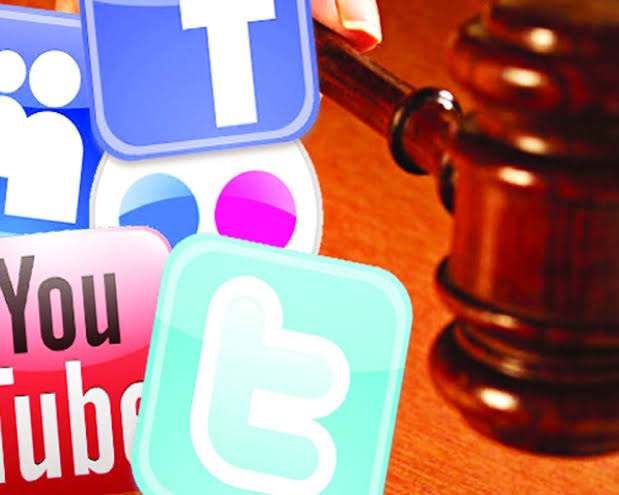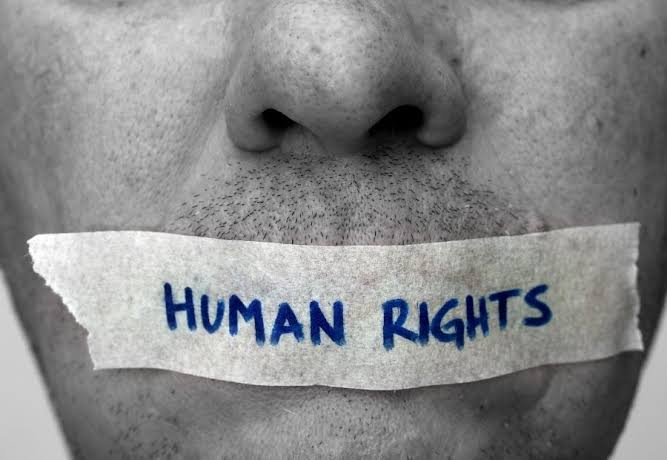SOCIAL MEDIA LAWS AND ITS IMPLICATION
A new world of cyberspace has emerged as a result of the swift growth and evolution of technology. The ability for people to gain access to and safeguard their personal data has increased tremendously as information technology around the world developed. Unfortunately, this has resulted in the unavoidable misuse of this technology, leading to several domestic and international cybercrimes. Social networking has become an essential component of our daily life. It has completely changed our lives by enabling us to produce and share our content with our friends. In the past, we used to rely on a variety of print media mediums, including newspapers, television, and radio. But now that social media has become more popular, users may produce their own material and share it with a huge audience. Social media’s emergence has made it feasible for people to connect with one another regardless of their personal or professional interests. It has also developed into a hub for online infractions. Therefore, it is crucial that the government has the right resources to safeguard the confidentiality of personal data.
Social media law is a developing area of law that deals with both civil and criminal issues. It frequently addresses problems involving the hosting and transmission of user-generated material. Due to the nature of social media, numerous legal issues about its privacy and protection have been raised. One of these is the freedom for third parties to utilize pictures of people without their consent. Other issues include advertising law and defamation.
The Constitution of India grants citizens a number of rights. The rights to life, liberty, and the defense of their interests are among them. The freedom of the press and the media are not explicitly mentioned in the constitution but are protected by Article 19, which guarantees the right to freedom of expression.

The Information Technology Act of India, 2000, governs social media usage within the nation. The IT Act’s Section 66A is dedicated to monitoring social media content. It forbids the distribution of offensive audio, video, or text communications. Additionally, it forbids the sending of emails that are intended to hurt, annoy, or offend others.
Section 66A of the Information Technology Act, which limited the right to free expression, was declared unconstitutional by the Supreme Court in the case of Shreya Singhal v. Union of India [1] in 2015. For maintaining the right to free expression, the court received applause from both eminent lawyers and common people. It was also discovered that Indian citizens were unable to voice their opinions freely due to the Act’s ambiguous language and broad scope. In the case of Kharak Singh v. State of Uttar Pradesh [2], it was established that phone tapping constitutes a privacy violation and that it is reasonable to conclude that exchanging information over WhatsApp with Facebook constitutes an evident violation of privacy for those users.
Crimes linked to social media are addressed by IPC under sections 153A, 295A, 499, 505, 506, and 124A. These rules are designed to safeguard people against abuse online. For instance, using social media to intimidate someone is against the law according to Sections 506 and 505 of the Act. This implies that whoever publishes a comment intended to injure a character is in violation of these laws.
Finally, it can be said that social media is both a blessing and a curse because it allows people to stay in touch with their loved ones, but on the other hand, some of its users have been the victims of cyberattacks. Despite the fact that there are numerous laws in place that protect the victim from the perpetrator, the need for additional legislation is always a possibility. A specialized legal framework must be established in order to safeguard or control cybercrimes.
Sources:
- AIR 2015 SC 1523
- 1964 SCR (1) 332
- https://www.winston.com/en/legal-glossary/social-media-law.html
- https://www.ipandlegalfilings.com/development-of-laws-and-their-implications-on-social-media/
- https://www.legalserviceindia.com/legal/article-10231-social-media-law-and-its-implication.html#:~:text=Information%20Technology%20act%202000%3A,or%20cause%20injury%20to%20others.
Author: Saumya Gupta, a 2nd year law student at Symbiosis Law School, Hyderabad




2 thoughts on “SOCIAL MEDIA LAWS AND ITS IMPLICATION”